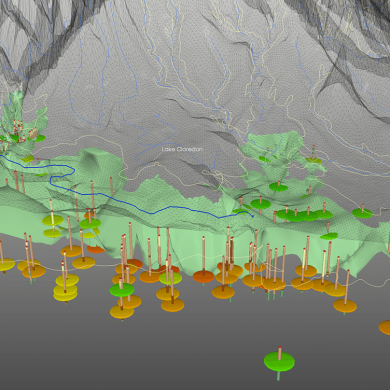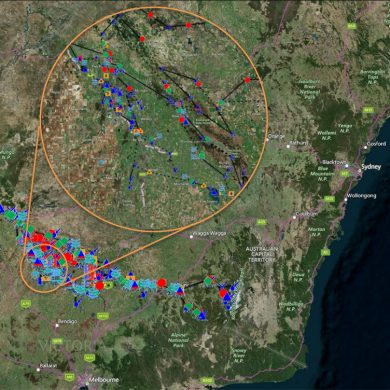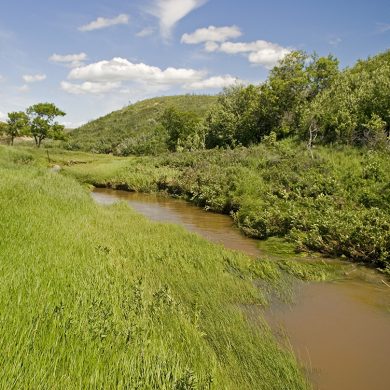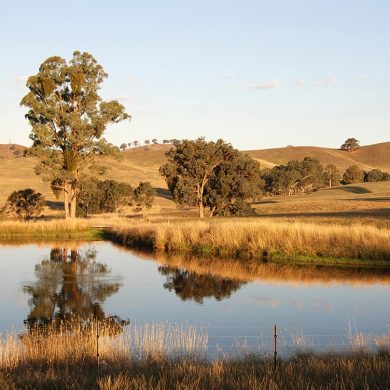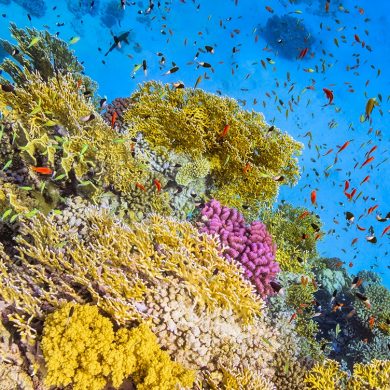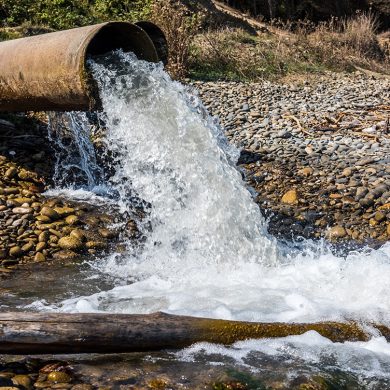
Improvements to the Dynamic SedNet model
The Dynamic SedNet model, which underpins Paddock to Reef catchment modelling, is implemented as a series of plugins to the eWater Source system. Independent reviews suggested Dynamic SedNet could be more efficiently implemented outside of eWater Source. This project, delivered by Yorb, and co-funded by the Department of Natural Resources, Mines and Energy, has developed an improved and independent implementation of Dynamic SedNet.


